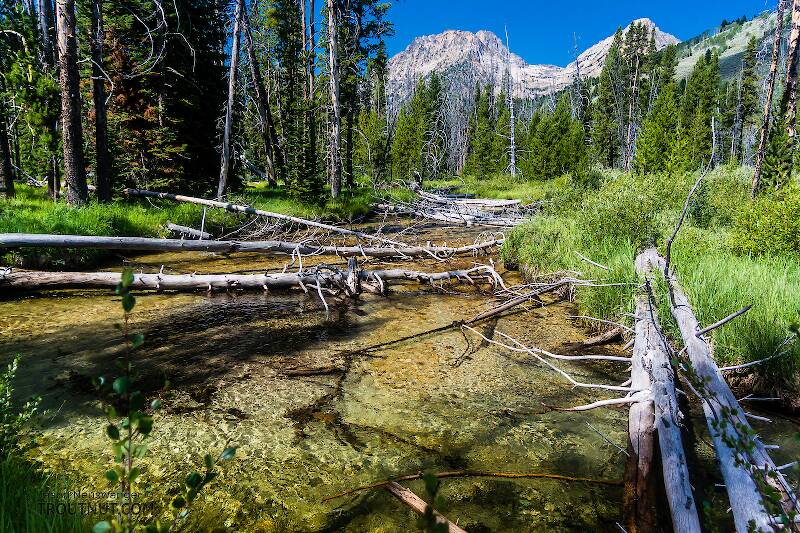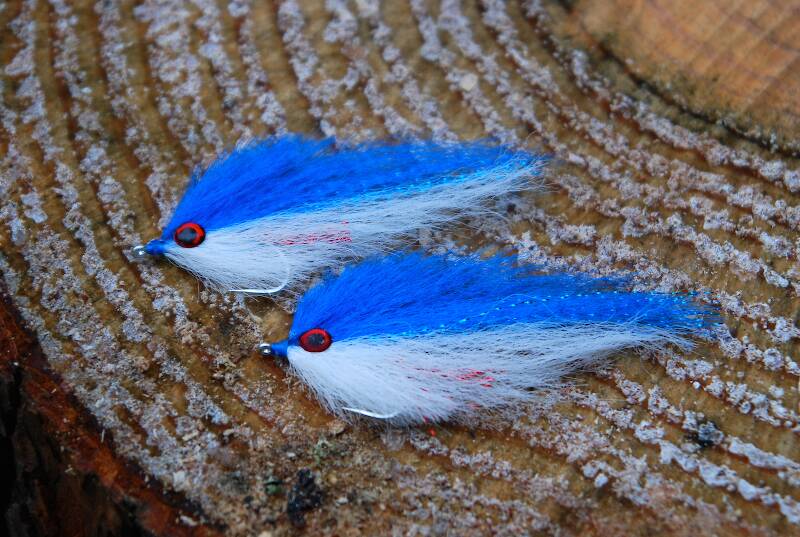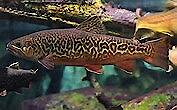
Salmonflies
Pteronarcys californica
The giant Salmonflies of the Western mountains are legendary for their proclivity to elicit consistent dry-fly action and ferocious strikes.
Featured on the forum

This species was fairly abundant in a February sample of the upper Yakima.

Troutnut is a project started in 2003 by salmonid ecologist Jason "Troutnut" Neuswanger to help anglers and
fly tyers unabashedly embrace the entomological side of the sport. Learn more about Troutnut or
support the project for an enhanced experience here.
Mcflyangler on Jun 9, 2016June 9th, 2016, 4:57 pm EDT
Midge hatches can be some of the most productive dry fly fishing experiences. The midges sometimes will cluster together, and the trout will go for these clusters because its a larger meal. The Griffiths Gnat matches the midge cluster very well. Its an old pattern that has been around for a long time, but still produces very well. It floats high on the water, so its great for an indicator fly when fishing a double rig. Use it as an indicator for a smaller midge dry fly, or even a midge emerger.
Hook: Size 14-22 dry fly good (in this case an Umpqua U002 size 18)
Thread: Black 8/0 or 70 denier thread
Body: 2 peacock hurl strands
Hackle: Grizzly dry fly hackle
Music: Sunny, funnysong, ukulele - Bensound.com
Hook: Size 14-22 dry fly good (in this case an Umpqua U002 size 18)
Thread: Black 8/0 or 70 denier thread
Body: 2 peacock hurl strands
Hackle: Grizzly dry fly hackle
Music: Sunny, funnysong, ukulele - Bensound.com
Mc Fly Angler
http://www.mcflyangler.com
https://www.youtube.com/c/mcflylures
http://www.mcflyangler.com
https://www.youtube.com/c/mcflylures
Flytyerinpa on Jun 20, 2016June 20th, 2016, 12:02 pm EDT
I agree while we don't have a lot of dry fly hatches or midges here, when I see a fish feeding and I cant take him I'll tie on a Griffiths Nat and I would guess about 75% of the time I can take him. Ed
Quick Reply
Related Discussions
Topic
Replies
Last Reply
19
Jan 20, 2008
by Troutnut
by Troutnut
35
May 22, 2015
by Taxon
by Taxon



